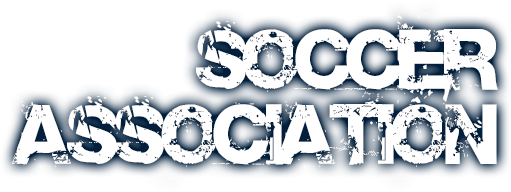The Importance of a "Safe Space to Learn"
Let Them Make Mistakes
Physical safety is obviously huge and we are all aware of it. This means checking the field for any trash, sharp objects, stones, holes, etc. and goals for good anchorage. Also keeping eye on any weather systems. Observing shinguard policy and heading restrictions are also very important.
But we can't forget the second piece - which is making the practice and game a psychologically safe place to learn as well. The only way this is possible is to be VERY upfront with kids and let them know with your words and actions that the end result of the game, the "product" comes second to the process of learning and of being a respectful, effortful and attendant student of the game. AND...that MISTAKES are OK with you and with the rest of the team, that you just expect everyone to learn from those mistakes. Mistakes are a powerful part of the learning process. If a player is nervous about consequences or remonstrations from coaches, parents or teammates, the learning process is greatly hampered, and creativity goes out the window.
Our Technical Director (See Board page) is also available to you as a resource, so please leverage his extensive knowledge! For questions like the following and more, he can help you be better prepared and more confident in your coaching:
- Handling subbing and positional play across the age groups
- Build out lines U10
- How to teach basic critical soccer techniques and to recognize the need
- How to coach large game tactics in a small space
- Promoting team chemistry and positive culture - CRITICAL
- U13 - facing the big field for the first time - what it means to your players
- Easy set plays (corners, directs, indirects, etc.)
- Communicating with parents - key to a positive and less stressful season
- Balancing development and winning
- Practices - what to do
- How to give older players the autonomy and contribution opportunities they crave



